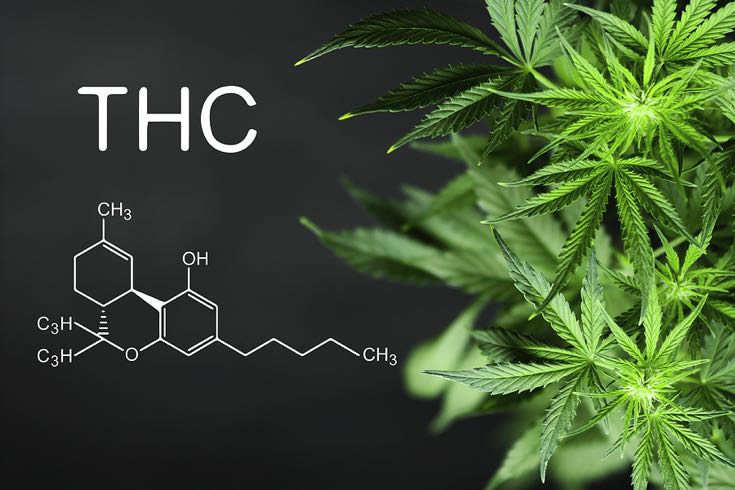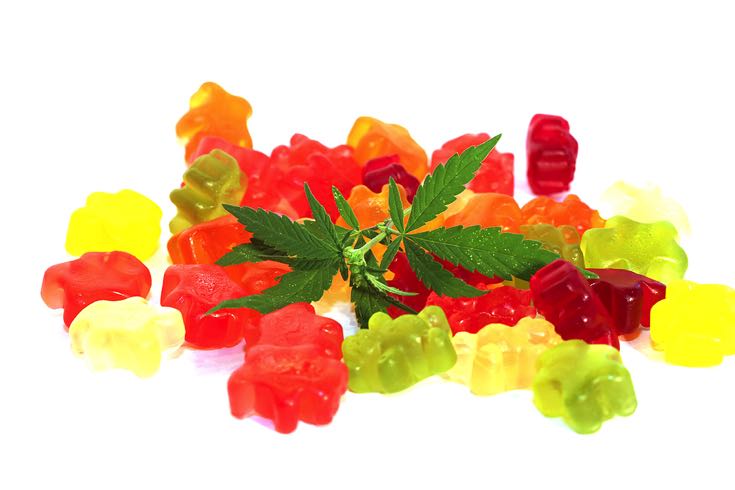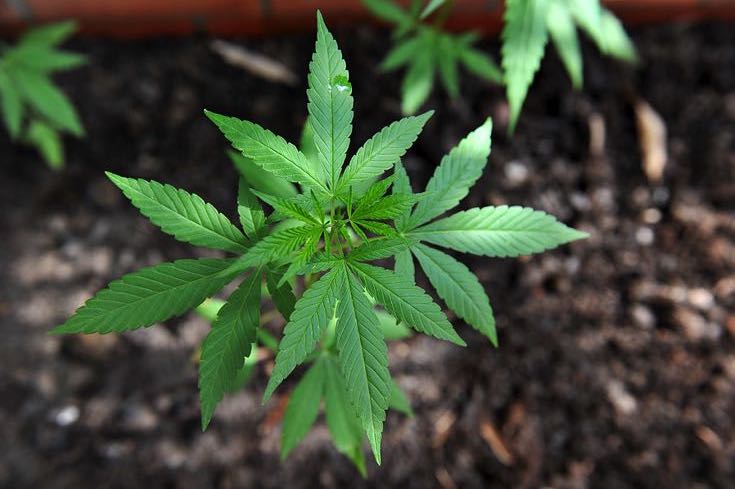For a long time, cannabis was something of the secret drug; many people were smoking it or otherwise finding ways to ingest it, but its illegality meant that no one would talk openly about it. In recent times, however, more and more aspects of cannabis have become legal, meaning that some are willing to discuss it freely and the smell of it often isn’t far from the British high street. What a lot of people might not realise, though, is that the THC levels in cannabis are much higher than they used to be, up as much 212% from what the levels were in the 1990s. The question you might is: why does this matter and should I care?
What Is Cannabis?
Known as things such as whacky-baccy, Mary-Jane and weed, amongst many other names, cannabis is a psychoactive drug that comes from the cannabis plant. It is native to Central and South Asia, although numerous people all over the world grow their own versions of the plant either for recreational use or else to sell to others in order to make a profit. There are 483 known compounds of the cannabis plant, with at least 66 cannabinoids. One of them, for example, is cannabidiol, which you might well have seen advertised on the high street under its more common name of CBD. The drug promises numerous mental and physical effects, which is why so many people use it.
It can be smoked, vaporised, used as an extract or added to food. How quickly the effects of cannabis kick-in depend on how it is ingested, with smokers finding themselves affected within minutes and eaters often discovering that it can take as long as 90 minutes to be sensed. In spite of the fact that it is illegal in most countries, cannabis is the most-used illegal drug in the world, with the legal restrictions on the drug’s use first coming into force in the 14th century. It was only in 2013 that some countries began to legalise its use for recreational purposes, with Uruguay leading the way on that front and the likes of Canada, Germany and Mexico following suit.
THC Explained

Tetrahydrocannabinol is a terpenoid that is found in cannabis. Often referred to simply as THC, for somewhat obviously reasons, tetrahydrocannabinol is the main psychoactive part of cannabis and is a colourless oil. The medical use of the drug has long been known to take place, with the United Kingdom allowing for the extract of THC, which is an active ingredient in nabiximols, as a botanical drug since 2010. People with multiple sclerosis, for example, are able to use it as a mouth spray in order to alleviate neuropathic pain, over-active bladders, spasticity and other symptoms that are common for the condition.
There is conflicting evidence regarding the lethal overdose level of THC, with as much as 9,000 milligrams per kilogram given to dogs and monkeys in the 1970s without any lethal effect. In 2014, however, a case study that was based on toxicology reports said that the median lethal dose for humans was 30 milligrams per kilogram for someone weighing 70 kilograms, or around 11 stone. The medical use of cannabis is largely, but not exclusively, referring to THC, with 38 states in the United States of America allowing for its use by in medical situations by the end of 2023, even though it remained illegal for other uses.
THC Levels Have Gone Up
One of the biggest issues of using THC for any reason is that the levels of it have gone up substantially. Prior to 1990, for example, the THC content of cannabis was at around 2%. During the 1990s this grew to 4%. Alarmingly, though, there was an increase of 212% of THC content in the marijuana plant between 1995 and 2015. In 2017, Canadian dispensaries that sold the most popular strains found that the THC content ranged from 17% to 28%. Part of the issues is that CBD, which is the protective part of the cannabis plant, was barely found in these strains, with as little as 0.09% to 0.2% being found in some strains.
This is obviously an issue, not least because of the fact that concentrated THC products like oil and edibles have been able to push the THC content as high as 95%. The research indicates that there is no benefit to higher levels of THC from a medical point of view, with the higher THC levels merely serving to make the product more dangerous in certain circumstances. Initially, THC products could look like anything else that was sold as an edible, leaving the stage open for accidental overdoses in children and other vulnerable people in Canada. Only new regulations in 2019 stopped that from being the case.
Why It Matters

It would not be unreasonable for someone to ask why, exactly, it matters. After all, if THC can do some good in people, such as those with multiple sclerosis, isn’t more THC better? The answer comes in the form of who is ingesting it. With just 35% of those aged between 12 and 17-years-old perceiving a greater risk of increased marijuana usage, with parents not much more clued up on the issue, it is possible that those that are most at risk of damage being done to them are the least suspecting of that. It is believed that the more potent nature of the products that are available now than were in the past has increased the risk of addiction and psychosis.
Adolescence is an extremely risky time for any drug to be used, with the brain still developing. That is especially true of a substance like THC and the more potent nature of it nowadays increases that risk further. THC binds itself to one of the main receptors of the endocannabinoid system, which has an influence on many functions of the body. It helps to regulate anxiety, for example, as well as control memory. It is part of how the structural changes to the body occur during adolescence, so having an impact on that receptor is likely to cause long-term damage. With cannabis usage being linked to mental health harm, this isn’t something that people should take lightly.

